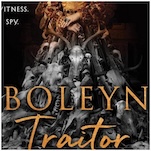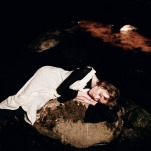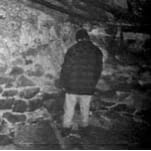A Whisky-Fueled Journey Through Time at the Ad Gefrin Anglo-Saxon Museum and Distillery in Wooler, England
Photo courtesy of Ad Gefrin
The small town of Wooler in Northumberland, England, has a new attraction that’s been making waves in the local community and beyond. The £16m Ad Gefrin Anglo-Saxon Museum and Whisky Distillery, located at the base of the high street, offers visitors a unique experience that combines history, culture and the art of whisky-making. On the cusp of the Cheviot Hills, the site comprises a bar and bistro, museum, shop, garden and distillery, all built on the site of the old Redpath haulage, part of the Ad Gefrin founders’ family for generations.
As you walk through the doors, the sense of warmth and welcoming immediately puts you at ease. This is not just any old distillery and museum; this is a place where Northumberland hospitality, integrity and authenticity are at the very heart of everything they do—whether it’s the stunning domed entrance atrium lined with 9,300+ pine tiles all hand-cut by a local joiner, the local produce featured in the fire-lit bar and bistro, the Northumberland artist wares sold in the shop or the single-malt whisky made from locally sourced raw materials.
With its motto of “leave your weapons at the door,” Ad Gefrin makes you feel at home, whether you show up sweaty for that mid-bike-ride coffee or hope to escape the rain on a full family day out complete with Sunday lunch, museum and distillery tour and whisky tasting for the adults.
The design of Ad Gefrin was inspired by the nearby 7th-century summer palace of King Edwin of Northumbria, situated at the base of Yeavering Bell, or in Old English, the “Hill Of The Goats” (the goats can still be found wildly roaming the area today). Bede, one of the greatest scholars of the Anglo-Saxon period, mentions it as the spot where Bishop Paulinus baptized Christian converts in the River Glen in 627 AD, including King Edwin himself, making it the religious heart of what is England today.
Upstairs, the Anglo-Saxon museum features a recreation of the palace’s Great Hall, including an audiovisual experience that brings the stories of the kings and queens of Northumbria and their followers to life. The displays and accompanying exhibits about power, faith, creativity and landscapes of the time all combine to create an immersive experience.
-

-

-

-

-

-

-

-

-

-

-

-

-

-

-

-

-

-

-

-

-

-

-

-

-

-

-

-

-

-

-

-

-

-

-

-

-

-

-

-








































